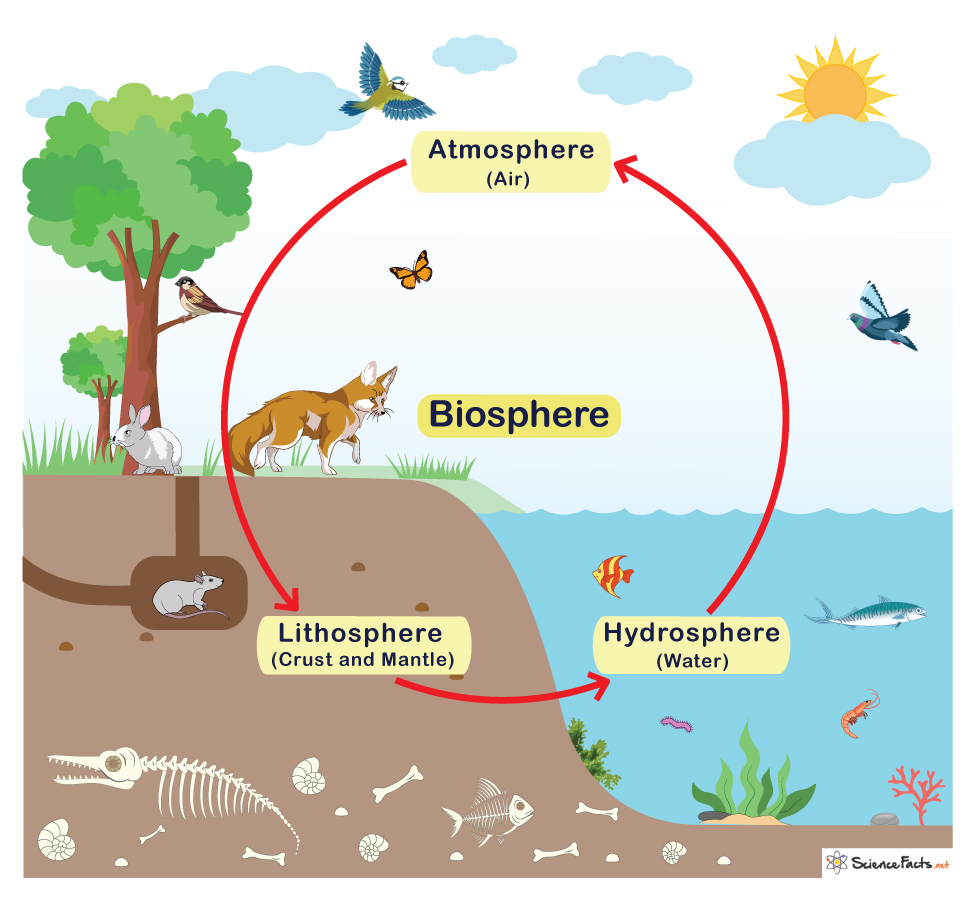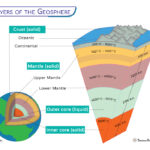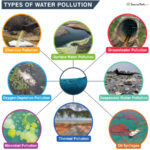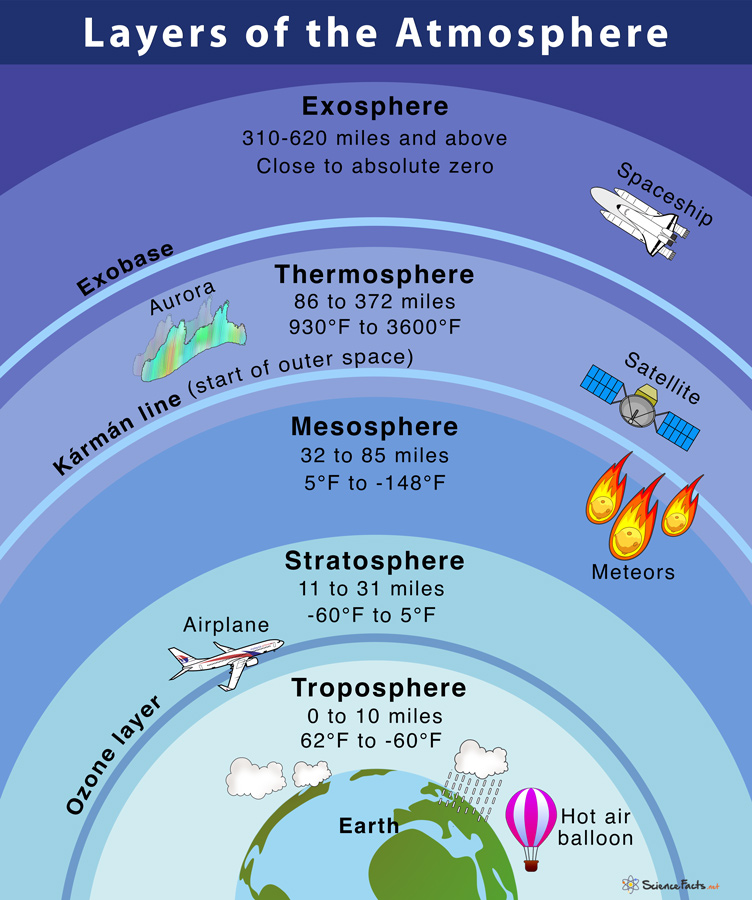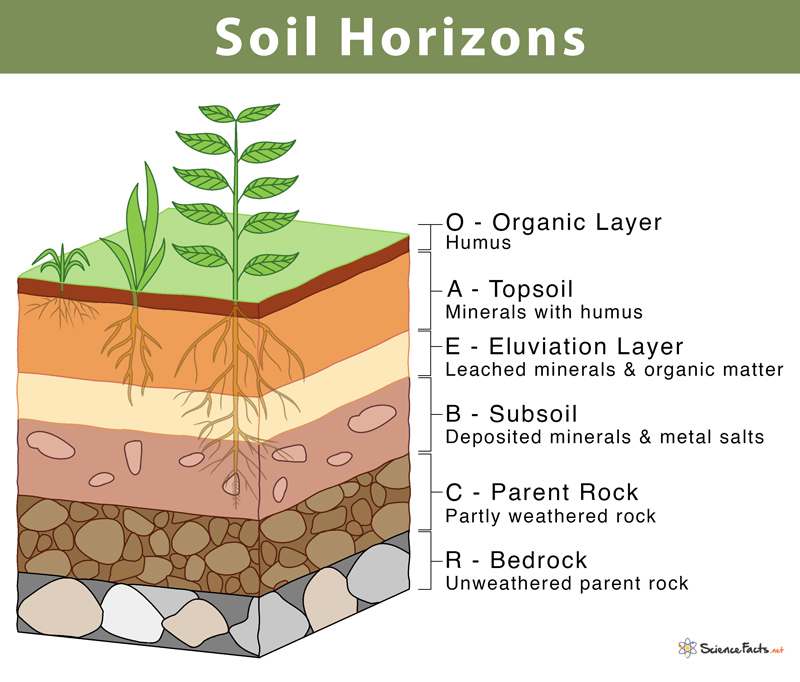Biosphere
The biosphere is where living organisms are found on, above, and below the Earth’s surface. It is thus one large ecosystem characterized by biotic (living things), abiotic (non-living) factors, and energy working together as a single unit. Since the biosphere supports life on Earth, it distinguishes our planet from other planets in the solar system.
Several life forms are found to exist on Earth, from single-celled microorganisms to large, multicellular animals. Although it measures about 20 kilometers (12 miles) from the bottom to the Earth’s surface, most life exists from about 500 meters (1,640 feet) below the ocean’s surface to almost six kilometers (3.75 miles) above sea level.
The three main components that make up the biosphere are:
- Lithospheres (Earth’s crust)
- Hydrosphere (water)
- Atmosphere (air)
The term ‘biosphere’ (‘Bios’ means ‘life’ and ‘sphaira’ means sphere) was coined by geologist Eduard Suess in 1875. It is part of the five levels of organization in an ecosystem.
Origin of Biosphere
The biosphere is known to exist for 3.5 billion years. It is where life evolved from single-celled prokaryotes to the complex multicellular organisms found today.
Ancient prokaryotes, including algae and some bacteria, developed ways of utilizing the sun’s energy to produce food through photosynthesis. Photosynthetic organisms changed the biosphere from anoxic conditions to that now found, where there is a mixture of oxygen and other gases needed for the survival of living organisms.
Why is Biosphere Important
Makes Life Possible on Earth
All living organisms perform gas exchange to survive. Animals, including humans, take in oxygen gas from the atmosphere and breathe carbon dioxide back into the atmosphere. In contrast, plants use carbon dioxide to prepare food, releasing oxygen as a byproduct. In both cases, the biosphere interacts with the atmosphere.
When plants draw water from the soil, it interacts with the hydrosphere. The same happens when plants release water from the aerial parts of the plants during transpiration.
Recycling of Nutrients
All biogeochemical cycles, such as carbon, nitrogen, phosphorous, and sulfur, work on the same principle of interaction between the biosphere and atmosphere. The minerals are removed from the atmosphere, used by living organisms, returned to the Earth, and recycled back into the atmosphere. The same is true for the water cycle, which determines how water is distributed throughout the biosphere.
Develop Interdependency
The green plants produce food consumed by herbivores, the primary producers. The herbivores are then consumed by carnivores (meat-eating animals like lions and tigers) and omnivores (plant- and meat-eating animals like humans). The apex consumers, like hawks, feed on dead organisms. The decomposers mineralize the organic remains of plants and animals, thus recycling the nutrients back to nature. This interdependency among organisms makes the biosphere a self-supporting and automated system.
Examples of Biosphere Reserves on Earth
Biosphere reserves mainly aim at promoting sustainable development. They maintain a balanced relationship between people and nature.
Currently, there are 563 biosphere reserves on Earth. The first biosphere was established in Yangambi, Democratic Republic of Congo. It has 32,000 species of trees, including some endemic ones and several animals. It also supports activities like sustainable agriculture, hunting, and mining.
The most recent biosphere reserve is located in Yayu, Ethiopia. It promotes agriculture by cultivating coffee, honey, timber, and fruits.
Artificial Biospheres
Some artificial biosphere reserves are built to study ecosystems and their potential for supporting life outside the Earth. Artificial biospheres also include spacecraft and terrestrial laboratories like:
- Biosphere 2 in Arizona and the United States
- BIOS-1, BIOS-2 and BIOS-3 in Siberia
- Biosphere J in Japan
- Micro-Ecological Life Support System Alternative in Spain
How Do Humans Affect the Biosphere
As part of the biosphere, humans hold just 0.01% of Earth’s biomass, although it has dramatic impacts.
For example, the balance of oxygen and carbon dioxide needs to be maintained within an ecosystem. However, human activities like burning fossil fuels such as coal and natural gas disrupt it. Oil spills and industrial wastes also disturb the balance of the hydrosphere.
Physical processes like volcanicity, wildfire, and tectonic movement also affect the biosphere. Sometimes, a change in the climate, such as an increase or decrease in temperature, cause natural events like migrations to happen, thus affecting the biosphere.
Activities such as mining help the biosphere to interact with the geosphere. The decomposition of dead organic matter leads to fossilization, from which humans extract fossil fuels.
Thus, the biosphere’s future depends on how we interact with the surroundings as part of an automated system to maintain a condition that allows life to thrive.
-
References
Article was last reviewed on Monday, March 6, 2023

